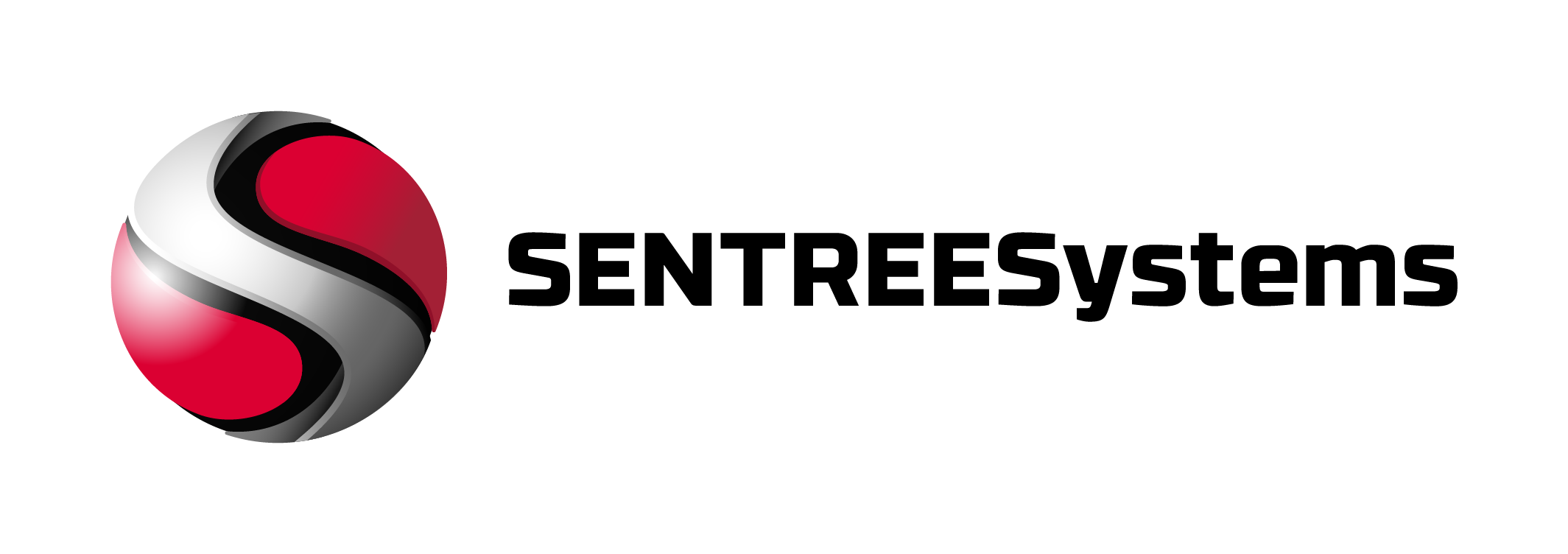AI Security Mistakes SME Must Avoid in 2025
Small businesses face unique AI risks. Learn the critical mistakes putting your data at risk and proven solutions.
Small businesses embracing AI face a dangerous paradox: the same tools boosting productivity can expose sensitive data to sophisticated attackers. Most AI security mistakes SME make stem from treating AI like traditional software rather than recognizing its unique risks around data exposure and automated decision-making.
Key Takeaways
- Shadow AI usage puts sensitive data at risk through unmonitored third-party services
- Multi-factor authentication and access controls become critical with AI system integration
- Employee training must address AI-specific threats like voice cloning and deepfakes
- Incident response plans require AI-specific procedures for model failures and data exposure
- Output validation prevents AI hallucinations from damaging customer relationships
What’s the biggest AI security mistake SME make first?
The most dangerous mistake is allowing uncontrolled AI tool adoption without data governance policies.
A 150-employee manufacturing company discovered employees had shared CAD files and customer lists through ChatGPT for productivity gains. The exposure required regulatory notification under data breach laws, costing $85,000 in legal fees and remediation. They implemented an approved AI tools list and data classification system within 30 days.
I’ve seen this shadow AI pattern across dozens of small business assessments, regardless of industry or technical sophistication.
Common AI Security Mistakes SME Should Address Immediately
Shadow AI and Uncontrolled Tool Usage
Research shows that over half of AI inputs contain sensitive information, yet most small businesses lack visibility into which tools employees use. Establish an approved AI tools inventory and require approval for new platform adoption. Document what data types can flow to each approved service.
Weak Access Controls
AI systems often require broad data access to function effectively, making them attractive targets. Only 46% of small businesses implement multi-factor authentication consistently. Apply principle of least privilege to AI system permissions and require MFA for any platform processing business data.
Insufficient Employee Training
Traditional phishing training fails against AI-generated attacks that include accurate personal details and perfect grammar. Train staff to recognize voice cloning scams and deepfake communications that bypass conventional red flags. Focus on verification procedures rather than content analysis.
Missing Output Validation
AI hallucinations can generate false information with dangerous confidence. A chatbot incorrectly promising refunds or service guarantees creates legal liability. Implement human review for customer-facing AI outputs and business-critical decisions.
Security Architecture: EDR vs XDR and AI Monitoring
EDR vs XDR
Endpoint Detection and Response monitors individual devices, while Extended Detection and Response correlates signals across email, network, and endpoints. XDR helps detect AI-powered attacks that span multiple vectors.
UEBA
User and Entity Behavior Analytics identifies unusual patterns in AI tool usage, flagging potential data exfiltration or unauthorized access to sensitive systems.
SIEM/SOAR vs MDR/MSSP
Security Information and Event Management with Security Orchestration provides log analysis and automated response. Managed Detection and Response services offer 24/7 monitoring expertise most small businesses lack internally. Managed Security Service Providers deliver broader ongoing security management.
NIST CSF Mapping
The Cybersecurity Framework maps to AI risks: Identify AI assets and data flows; Protect through access controls and encryption; Detect anomalous AI behavior; Respond to AI-specific incidents; Recover through validated model restoration. HIPAA Security Rule requires similar controls for healthcare data processed by AI systems.
Security Control Comparison for Small Businesses
| Control | What it does | Notes for SMBs |
|---|---|---|
| SMB email protection | AI-powered threat detection, link analysis | Essential first layer; blocks AI-generated phishing |
| Endpoint (EDR) | Behavior analysis, malware rollback | Detects unusual AI tool installations |
| XDR platform | Cross-signal correlation | Better for complex AI attack chains |
| Network monitoring | Traffic pattern analysis | Identifies data exfiltration to AI services |
| MDR service | 24/7 detection & response | Provides AI expertise most SMBs lack |
What does affordable email security for small companies cost?
Business email compromise defense for small businesses typically ranges from $3–12 per user monthly, depending on feature depth and vendor (as of January 2025).
- Basic phishing defense for SMBs: $2–5/user/month (as of January 2025)
- Advanced threat protection: $8–15/user/month (as of January 2025)
- AI-powered email security: $10–20/user/month (as of January 2025)
- MDR email monitoring: Often bundled with broader security packages
Measure ROI through blocked phishing attempts, reduced incident response time, and prevented data breaches. The CISA Commercial Routing Assistance provides guidance on email security standards, while the FTC’s small business cybersecurity guidance offers practical implementation steps.
Preventing AI-Specific Attacks
Voice Cloning and Deepfakes
Attackers can create convincing voice clones from brief audio samples posted online. Establish verification procedures for financial requests received by phone, regardless of apparent caller identity. Use predetermined code words or callback numbers for sensitive requests.
Prompt Injection Attacks
These attacks manipulate AI systems through carefully crafted inputs that override safety instructions. Implement input validation and context isolation for any customer-facing AI tools. Monitor for unusual prompt patterns that might indicate attack attempts.
Data Poisoning
Attackers can contaminate AI training data to bias future outputs. Validate data sources and implement adversarial training techniques. Maintain diverse data sources to reduce single-point-of-failure risks in model training.
Implementation Checklist
- Audit current AI usage across your organization, including unauthorized tools
- Create AI governance policy defining approved tools and data handling procedures
- Deploy multi-factor authentication for all systems accessing business data
- Train employees on AI-specific threats including voice cloning and deepfakes
- Implement output validation for customer-facing AI applications
- Develop AI incident response procedures addressing model failures and data exposure
- Review vendor contracts for AI service providers to include security requirements
Conclusion
AI security mistakes SME make often stem from treating AI tools like traditional software without recognizing unique data exposure and automation risks. Start with governance and access controls, then expand to comprehensive monitoring and incident response. The businesses that survive AI adoption will be those that secure it from day one.
FAQ
Do small businesses really need DMARC for AI security?
DMARC email authentication becomes more critical with AI-generated phishing attacks that bypass traditional detection methods. The protocol helps prevent domain spoofing used in sophisticated AI phishing campaigns targeting small businesses.
Is Microsoft 365 email secure enough for my company?
Microsoft 365’s built-in protection handles basic threats but often requires additional security layers for AI-powered attacks. Consider supplementing with advanced threat protection designed specifically for small business environments.
What’s the cheapest way for a small business to protect email?
Start with enabling built-in security features, implementing multi-factor authentication, and training employees on AI-specific phishing recognition. Many effective protections cost time rather than money initially.
How much should a 25-person company spend on email security?
Budget $150–500 monthly for comprehensive email protection (as of January 2025). This typically includes advanced threat protection, employee training, and monitoring capabilities appropriate for small business needs.
What should I do if my business email gets hacked?
Immediately change all passwords, enable multi-factor authentication, scan for malware, notify relevant parties, and review sent items for unauthorized messages. Document everything for potential regulatory requirements and insurance claims.
How can small businesses avoid ai security mistakes sme commonly make?
Focus on visibility first: inventory all AI tools in use, implement governance policies for approved platforms, train employees on AI-specific risks, and establish output validation procedures for business-critical AI applications.
What AI governance policies should small companies implement?
Create clear guidance on approved AI tools, data classification requirements, employee training expectations, incident reporting procedures, and regular policy reviews. Keep policies practical and enforceable given your resource constraints.



